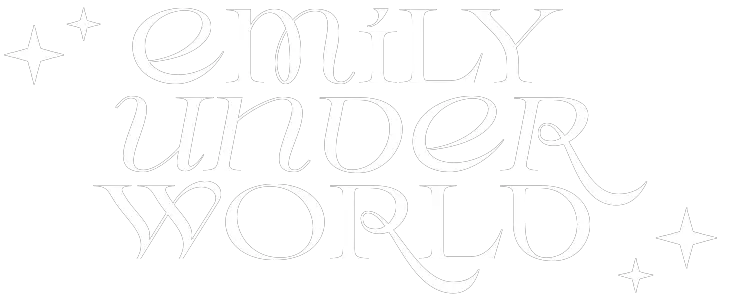I’ve been thinking recently about responsibility and boundaries. What is my responsibility? And what isn’t?
A lot of us have unhealthy boundaries. I certainly used to.

I struggled through PTSD a while back. It was the hardest point of my life.
I was essentially a textbook case of trauma: I pushed people away, had panic attacks, nightmares, flashbacks, and stopped behaving like ‘me’. It was horrendous. I wouldn’t wish it on anyone.
The thing about trauma and healing from it is that there’s no magic pill that will ‘cure’ you. I still struggle sometimes. I go through periods where the nightmares come back, and I get triggered.
What helped me?
- Cognitive Behavioural Therapy. I’ve had two courses of CBT now, thanks to the NHS. The first course was confusing, and my first therapist wasn’t a great fit (in hindsight, I should have asked if a woman was available!). The second, however, was life-changing. The key learning: don’t give up on therapy if you don’t find the right therapist!
- Self-Care. It’s not about pampering yourself (although sometimes that’s great). For me, the most important self-care was radical acceptance and setting healthy boundaries with other people.
- Supportive friends and family. They understood that I was struggling and were able to listen, and also tell me I needed professional help.
- Medication. Sometimes you do need medication to help with mental health struggles. This doesn’t make you a failure.

What is My Responsibility, And What Isn’t? Setting Healthy Boundaries.
Today’s blog post is all about responsibility. It’s astounding that I didn’t truly understand what my responsibilities are until my 20’s.
I’m 25 now, and I still sometimes blur my boundaries with other people and their responsibilities. This is definitely a journey.
A useful first step for setting healthy boundaries is to consider your responsibilities. This is one of the very first things my therapist asked me to write down. I got a lot of things wrong.
He pointed out which things I had incorrectly claimed were my responsibilities, and explained why. Emotional boundaries are important both for you and other people in your life.
I’ve made a simple graphic to highlight what your responsibility is, and what it isn’t:

What is My Responsibility?
- My Actions.
- My Mistakes. Own them, and learn from them!
- How I Treat Others.
- My Words.
- My Ideas.

What isn’t My Responsibility?
Taking on other people’s responsibilities as your own leads to unhealthy boundaries.
This doesn’t mean you shouldn’t care or support others – in fact, the opposite.
The problem is when you believe that the responsibilities of your friends, family, or other people you know are yours. Other people’s burdens and responsibilities aren’t yours to carry. You’ve got enough to deal with on your own!
- Other People’s Actions.
- Other People’s Beliefs.
- Other People’s Mistakes.
- Other People’s Words.
- Other People’s Ideas.
This isn’t an exhaustive list. Have a think about what your responsibilities are, and what they aren’t.
Here’s the key point to remember: set healthy boundaries, and stop taking on other people’s responsibilities as your own. When you do this, you will provide better emotional support for your loved ones.
Write about it in your journal. I really recommend writing down your thoughts, it’s a very helpful activity that truly does help with mental health and mindfulness.
The simple act of taking time to reflect on your thoughts is powerful for self-care and maintaining a positive mindset. I swear by it.

Get The Printable Version
If you’d like a printable PDF version of the graphic and a high-quality PNG, you can download it below.
More Self-Care and Mental Health Blog Posts:
All the best,

Pin this for later?






I absolutely loved this post! Setting healthy boundaries is such a vital aspect of maintaining our well-being. Your insights on personal responsibility really resonated with me, especially the part about recognizing when to say no. Thank you for sharing such practical tips!
Thank-you so much, it means a lot!